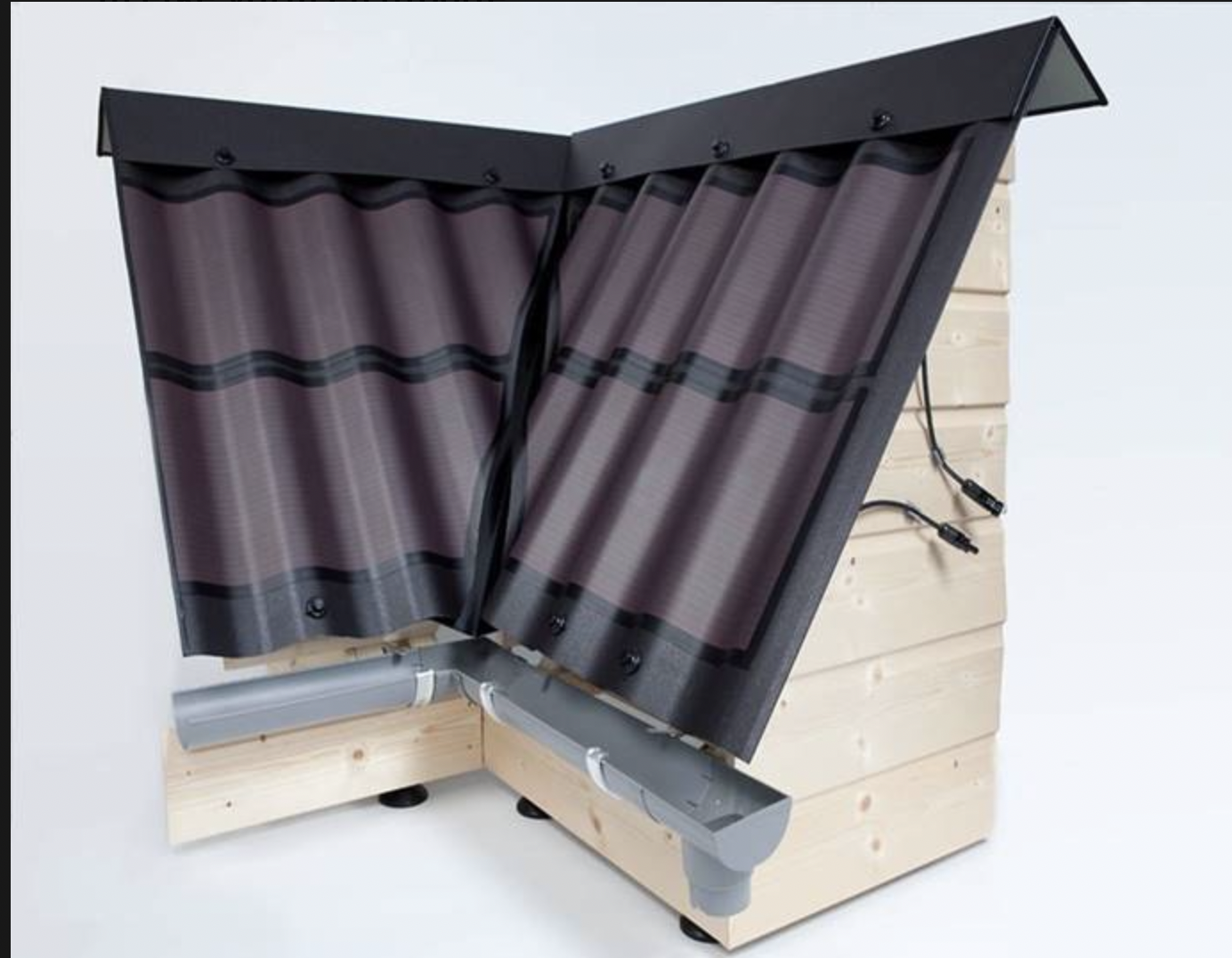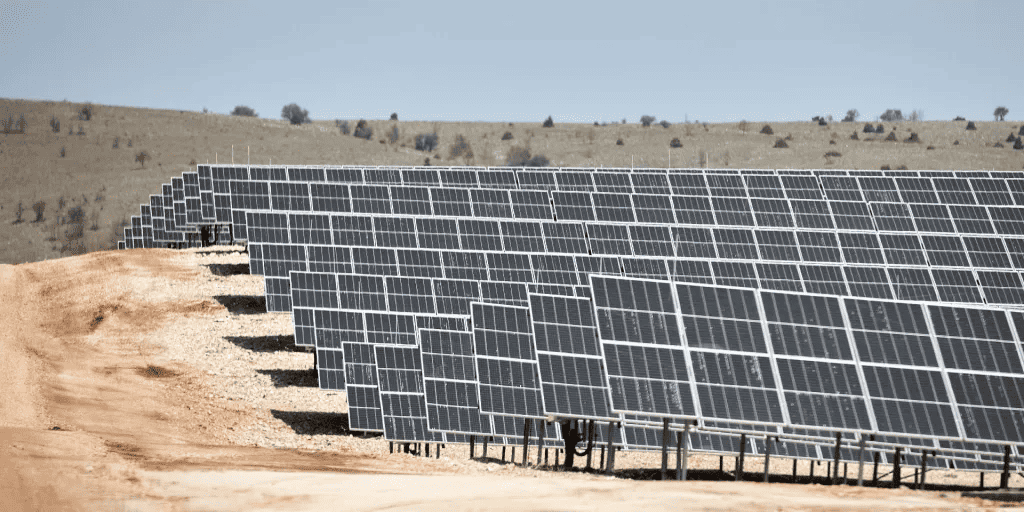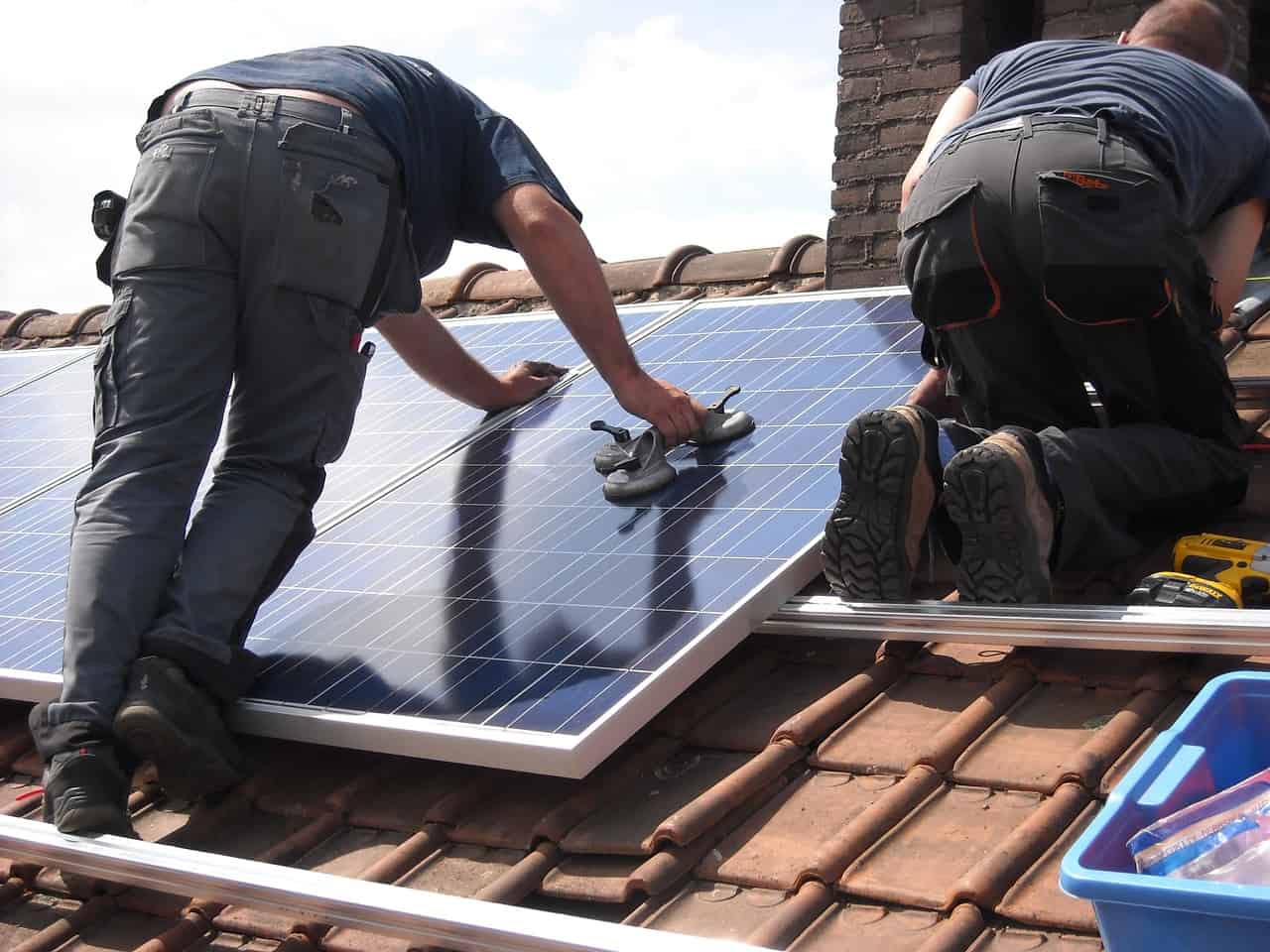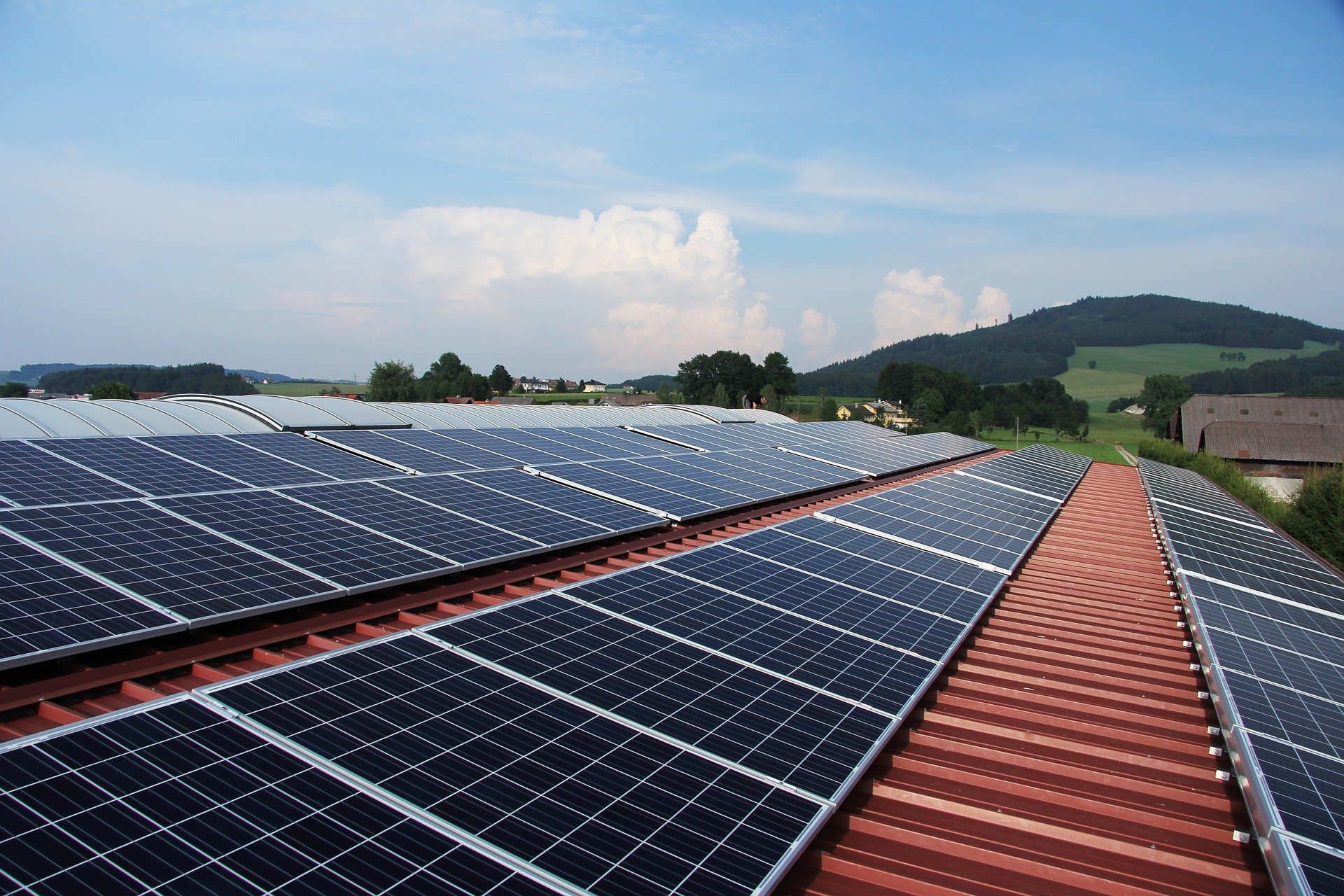
For the first time, a research team of the University of Coimbra (UC), led by Mahmoud Tavakoli, has developed a liquid metal nanocomposite coated with graphene, which can be used as a transparent conductor, which can be used in the next generation of electronic devices and solar panels, writes UC in a press release.
The research, developed in the scope of the projects WoW, (Carnegie Mellon Portugal Program), and MATIS-Sustainable Industrial Materials and Technologies, (Portugal 2020 Program), is the cover theme of the latest issue of the journal Advanced Materials Technologies.
Flexible applications
In this study, researchers have shown that Graphene encapsulated liquid metal particles can be transformed into semitransparent, conductive electrodes through a fast, low-cost and scalable laser processing technique, which could have a major impact in areas such as flexible displays, flexible solar panels and even wearable biosensors.

“Liquid metals are interesting because they provide elasticity and self-regeneration, as well as being excellent at thermal dissipation. Therefore, this is an important step towards the application and development of very flexible and resistant displays,” explains Mahmoud Tavakoli, director of the “Soft and Printed Microelectronic” Laboratory of the Institute for Systems and Robotics (ISR) of the Faculty of Sciences and Technology of the University of Coimbra (FCTUC).
Towards low-cost production
The team believes that in the future, these nanoparticles with special characteristics could be printed on large conductive surfaces at low cost.
The formulation of the new material and the manufacturing method presented in this study present an important step towards large-scale, low-cost production of large graphene-based electrodes. According to Mahmoud Tavakoli, the next step in the research will be “to explore the use of other types of lasers to improve the conductivity or transparency of the electrodes, as well as to study applications of this technique in the areas of thin-film electronics, gas and humidity sensors and energy storage devices”.
Selected for you!
Innovation Origins is the European platform for innovation news. In addition to the many reports from our own editors in 15 European countries, we select the most important press releases from reliable sources. This way you can stay up to date on what is happening in the world of innovation. Are you or do you know an organization that should not be missing from our list of selected sources? Then report to our editorial team.






